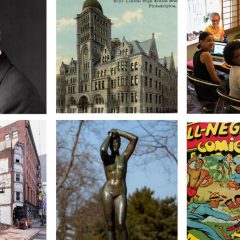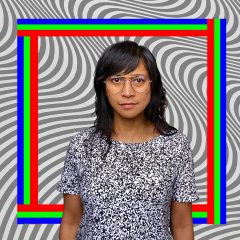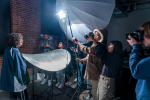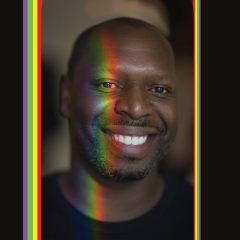Stephen Perloff is plugged in to Philadelphia’s photo world via his esteemed quarterly publication, The Photo Review. A self-taught photographer with a graduate degree in history, he made himself invaluable to photographers and photo lovers, covering all aspects of photography in his journal and turning that publication into a virtual Philadelphia photo center — a place to read about exhibitions; read interviews with artists; and find the latest opportunities. Perloff launched the Photo Review in 1976, and he characterized that era in Philadelphia as a golden age for photography. As for the current photo scene, “We’re getting back to the energy and vibrancy of the earlier time,” he says. It’s quite heartening.”
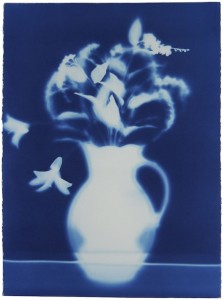
Philadelphia in 2012 has three community photo art centers — Project Basho, Philadelphia Photo Art Center and The Light Room. It has a commercial photo gallery – Gallery 339. In addition, you can see photography exhibits monthly in academic galleries like Sol Mednick Gallery and Gallery 1401 at University of the Arts. Blue chip gallery Locks has periodic photo exhibits, as do other galleries like LG Tripp, which just ended its 4th annual abstract photography show Jan 7. The Print Center has its 86th Annual International Competition – Photography opening in June. And, Perloff says, Philadelphia museums “have come around” to showcasing photography.
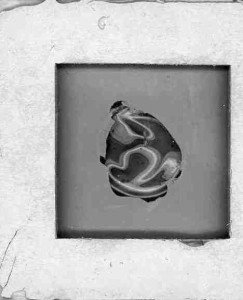
What’s different now, says Perloff, is that young artists are moving here and staying here after graduation instead of moving to New York or the West Coast – where the fashion and music industries historically provided many more job opportunities for photographers.
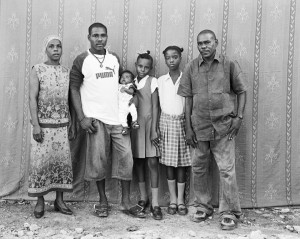
Those industries have changed with digital photo tools making photography at once cheaper to work with and more specialized, so that photo skills are not enough anymore, you need to be a Photoshop whiz as well. “It’s a hard time to get a job as a photographer,” says Sarah Stolfa, founder of Philadelphia Photo Arts Center in Kensington. Stolfa launched PPAC in 2009 after she got an MFA from Yale School of Art and became frustrated that Philadelphia lacked a digital lab for artists who want to scan and print their own works. Tired of running up to New York, she created PPAC so she and other photographers could scan, print, and be with a like-minded community. In addition to running PPAC, Stolfa, like many photographers in Philadelphia, is a photo teacher. She teaches at PPAC and at the University of Pennsylvania.
PPAC is a non-profit arts center, with classes, lectures, movie screenings, a book fair, a gallery for exhibitions, and the closest things the city has to an annual photo festival, “Philly Photo Day,” a celebration of all things Philadelphia, in which the entire population of the region is invited to take a photo in the city on one day (in 2011 it was Oct. 28), and share the photo in a 2-week exhibition in which the Center prints everybody’s photos and displays them.
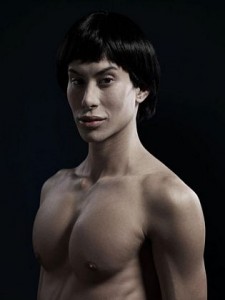
Martin McNamara, who founded the commercial photo gallery, Gallery 339 with partner Tom Callen in 2005 and represents Stolfa’s work, talked about the need for an expanded, international festival for practitioners, collectors, scholars and gallerists to come together for networking, sales, and to discuss the state of photography. “Since we opened we’ve seen a lot of interesting nodes of activity – 2 photo centers (Basho and PPAC); increased activity with universities that offer photography degrees; Temple opened their new building — an amazing facility; and of course the art museum opened their dedicated photo space [The Levy Gallery] in the Perelman Building…One thing that’s not in place yet is a festival,” he said.
“We have Philly Photo Day — I love the democratic event…But other cities have multi-day multi-week photo festivals, and it brings attention to the idea of photography,” he said. Gallery 339 participates in festivals in New York and Miami.
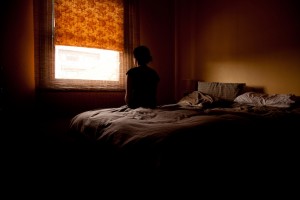
Efforts to organize a festival have come up short. “We had a committee to discuss a photo festival,” said Perloff. But the financial backing never came together. Both Stolfa and Tsuyoshi Ito of Project Basho (another community art center in Kensington) sat in on Perloff’s festival meetings. And when the event didn’t materialize, Tsuyoshi decided to create a one-day festival-like event in conjunction with his center’s annual emerging artist’s exhibit, Onward (opening Feb. 11). The festival, also Feb. 11, is open to all, with speakers, portfolio reviews and other activities, says Basho’s Grisha Enikolopov. The cost of a ticket is $65, and Enikolopov says they are hoping for around 200 participants. “This is the inaugural summit but we want it to be annual. Next year we will bring in video as well.”
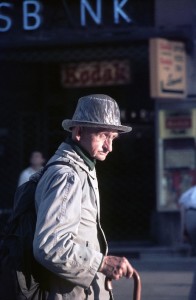
Everyone I talked with said there’s collegiality among all the players in the photo scene — as well as healthy competition among the various photo art centers. Al Wachlin, Jr. is a founder of the oldest, yet most under-the-radar photo art center, The Light Room. Located in Fairmount, the 10-year old member organization has a darkroom, a small digital lab, and a gallery space. But their mission is to serve their members. “We don’t offer classes to the public. We get calls. If people get a camera and want a class we send them to PPAC or Basho. We cooperate. We’re definitely trying to support each other.”
Stolfa explained it this way: “With the Light Room there’s no competition and no overlap. They support us and come to our events. We go to theirs. With Basho, we have a healthy competition. It’s like fast food chains close together, but helping each other,” she said. (Project Basho is around the corner from PPAC in Kensington).
Basho’s Enikolopov, who moved to Philadelphia after graduating from Wesleyan and started volunteering at Basho (he’s now the Coordinator of Marketing and Events) said, “We’re all in a really big city, and we’re all really small. The more the merrier. The more people who are interested in photography the better for everyone.”
A slightly different version of this story appeared at the Daily News as part of Art Attack, the NEA/Knight-Foundation-sponsored project, a partnership between Drexel University and the Daily News.


